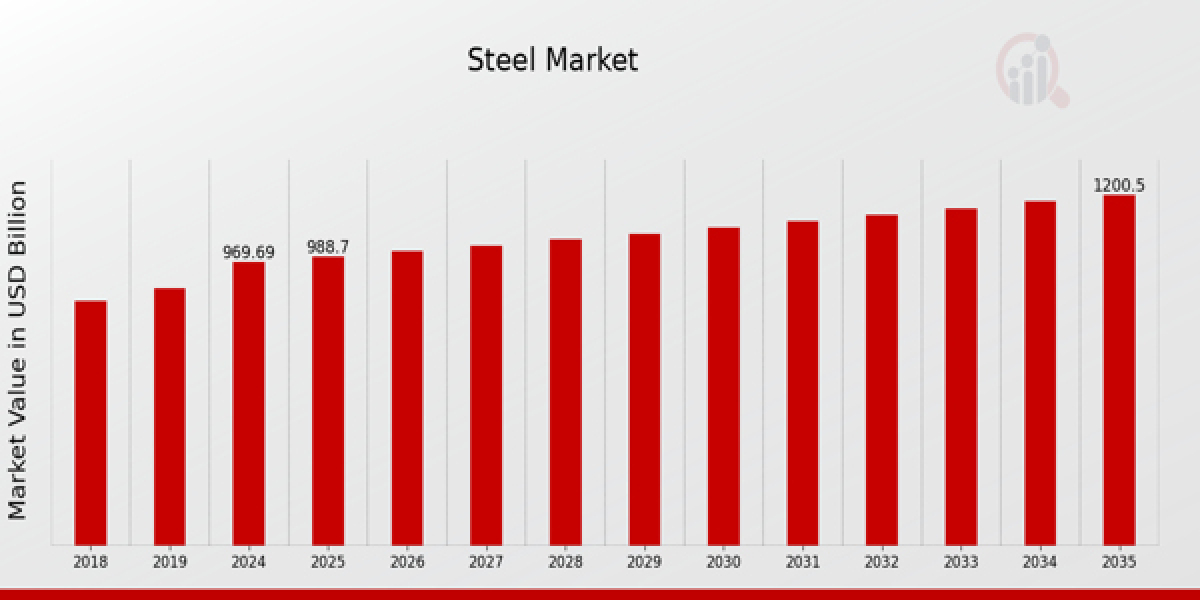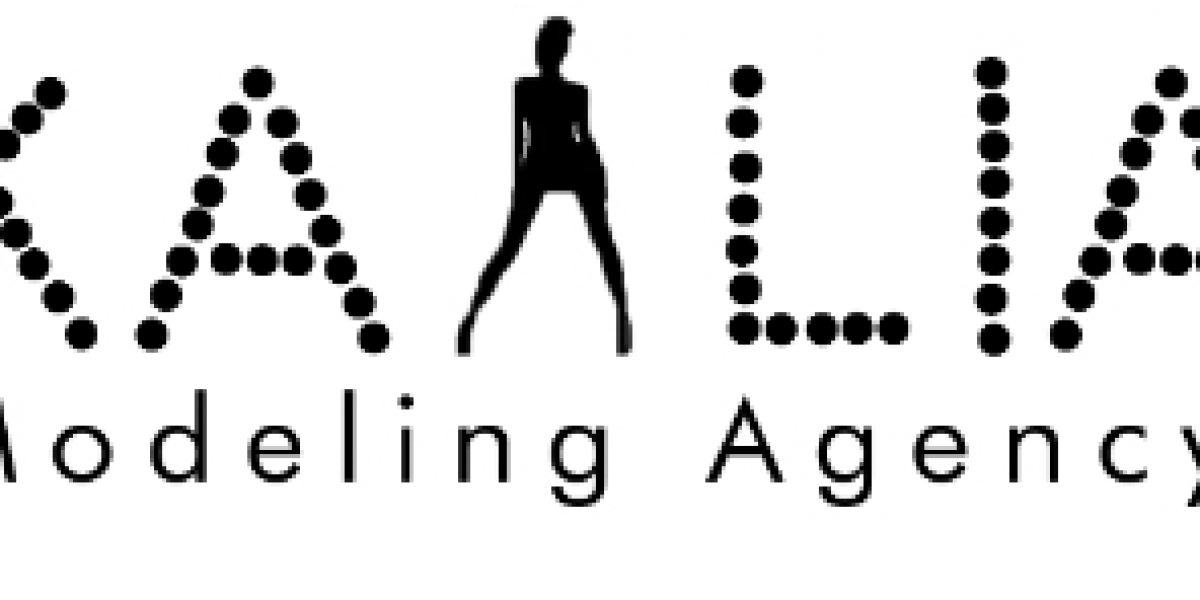The steel market has always been a crucial backbone of industrial growth and infrastructure development globally. As an alloy of iron and carbon with small quantities of other elements, steel’s strength, durability, and versatility have positioned it as the primary choice for construction, automotive, machinery, shipbuilding, railways, and energy sectors. Over the decades, the market has evolved significantly due to economic cycles, technological advancements, changing demand patterns, and environmental regulations shaping production practices and trade flows.
Globally, the steel market operates under highly competitive dynamics with the presence of numerous integrated producers and mini-mills across developed and emerging economies. Asia-Pacific remains the largest contributor, led by China, which accounts for more than half of global crude steel production. The rapid urbanisation, industrialisation, and infrastructural expansion in China, India, and Southeast Asian countries have boosted the regional demand. In these markets, steel consumption is closely linked to mega infrastructure projects, metro connectivity, highways, airports, residential complexes, and commercial high-rise developments.
In Europe and North America, the steel market is driven by the automotive industry, construction activities, and the growing trend of sustainable and recyclable materials. Although developed markets are witnessing moderate growth, they continue to invest heavily in technological upgradation to produce high-strength, lightweight steel grades suited for modern vehicle designs and advanced engineering applications. The demand for steel in the energy sector is also increasing, particularly for manufacturing wind turbines, pipelines, and components required in oil & gas and renewable energy projects.
The market is segmented based on product types such as flat steel and long steel. Flat steel products include hot rolled coils, cold rolled coils, and coated steel sheets, widely used in automotive bodies, appliances, and pipelines. Long steel products, such as rebars, wire rods, sections, and rails, are majorly used in construction, bridges, and railway infrastructure. Both segments are experiencing an upward shift in demand as countries continue to focus on modernising their public infrastructure and improving industrial productivity.
The steel market also observes segmentation based on end-use industries including building & construction, automotive, machinery, energy, shipbuilding, and packaging. Among these, building & construction dominates the consumption share owing to rapid urban development and industrial construction worldwide. The automotive sector ranks second as steel remains indispensable for chassis, engine parts, body frames, doors, and safety structures, despite the growing usage of aluminium and composites in electric vehicles for weight reduction.
Technological innovation is redefining the steel production landscape. The traditional blast furnace-basic oxygen furnace route is now being complemented by electric arc furnaces, especially in regions focusing on energy efficiency and carbon neutrality. The adoption of green steelmaking processes, hydrogen-based reduction techniques, and circular economy practices such as scrap recycling are gaining momentum to reduce carbon emissions and promote environmental sustainability. Steel producers are investing in advanced metallurgy, process automation, and digitalisation to improve operational efficiency, quality consistency, and cost competitiveness in a volatile market environment.
The steel market has its share of challenges and opportunities. Price volatility of raw materials like iron ore and coking coal often affects profitability margins of manufacturers. Trade policies, import-export tariffs, and anti-dumping regulations also influence regional supply-demand dynamics and competitiveness. For instance, protective tariffs may encourage domestic production in some countries but impact global trade flows and steel pricing trends.














